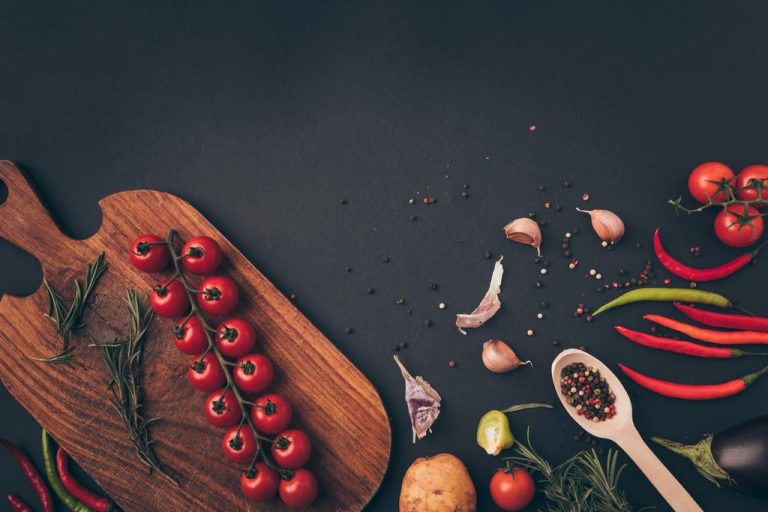Do you want to get away from annoying diets and nutritional dictatorships? Then you should eat intuitively and pay attention to the needs of your body. We’ll explain what’s behind it and how you can do it.
Eat intuitively: That’s what it’s all about
Behind food, groceries and nutrition is a powerful lobby that influences politics, science and the media. A flood of information about healthy nutrition, unhealthy foods and fattening foods reach us every day. No wonder your head is spinning. Eating intuitively could be a way out of this vicious cycle.
Eating intuitively – or mindfully – means eating consciously. Away from the decoupling of nutrition and your own instinct, back to full body control in the sense of body awareness: When are you really full? What are you in the mood for right now? what does your body need These are probably the sticking points of the nutritional method of intuitive eating.
Intuitive eating is also traded with mental health and self-awareness. This type of diet promises a feel-good weight without dieting.
This is how you eat intuitively
Stress, commercials, frustration, depression and just the sheer overabundance of food can easily overwhelm your senses. It often doesn’t seem so easy to “simply” listen to your body and your inner voice.
To eat intuitively, you should:
build new positive patterns and discard old habits.
Observe and follow natural hunger and satiety signals.
Questioning habits/self-reflection: Ask yourself what is really good for your body.
Are you hungry or do you want to eat for other reasons (distraction, habit, environment, emotional state)?
Signals: Your stomach should not be tense, but give you a pleasant feeling of fullness.
Tips from science: switch off technical devices, collect your thoughts and focus on the meal, use your senses and taste, smell, feel. Eat slowly.
The basis for intuitive nutrition is body awareness. You can train your mindfulness in a targeted manner.
Possible difficulties and limitations of the diet
Intuitive eating initially requires discipline. In order to follow your inner voice, you must direct your attention from the outside in. Self-confidence plays a major role here – on the one hand as a prerequisite and on the other hand as a consequence of intuitive eating. This is where the limits of intuitive eating come into their own:
What about the people who suffer from eating disorders?
What about those people who suffer from other mental disorders and find it difficult to act intuitively?
How do you escape social constraints that regulate eating habits (e.g. everyday family life, work life, stress) without turning away from society?
Science, books (e.g. “Intuitive Essen” by Uwe Knop) and mental training courses deal with these questions, which want to show how you can break patterns and listen to yourself better in today’s consumer society.
Eating is a highly social and sensitive matter. In the course of individualization, everyone has to know for themselves what they like and want to eat. However, this only works in social classes that are not in precarious and starving conditions. In a way, eating intuitively is a luxury that not everyone has access to.
Intuitive eating as a recognized method?
Science also shows that eating intuitively has its limits. Studies such as “Self-compassion and intuitive eating in college women” show a direct connection between emotional or psychological state and eating habits. The above points are supported by the study. Ultimately, a stable personality and a high level of mindfulness are prerequisites for successful intuitive eating.
Nevertheless, you should not give up trying, but work on noticing your own body condition in order to feel good. At the same time, the study shows that intuitive eating made it easier for the subjects to accept themselves.
Scientifically, however, the intuitive form of nutrition has not yet been sufficiently researched. So don’t get discouraged and try it yourself. You have nothing to lose, right?










